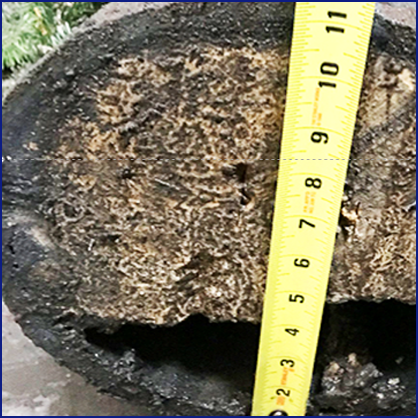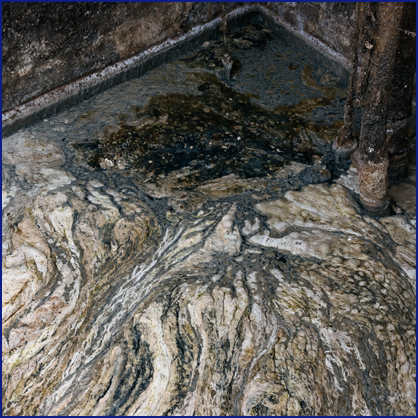- 5649 Industrial Ave. South Connersville, IN 47331
- 800-821-7065
765-825-5868
- Send Us Emaildbradley@filtershineusa.com
One of the leading causes of sewer blockages throughout the United States is the build up of fats, oils, and grease in the sanitary sewer systems. Over time, FOG builds up in sewer pipelines and can become as hard as concrete.


As it hardens, FOG can cause the sewer pipes to become partially or even completely blocked. When these blockages occur, the sanitary sewers can overflow into local waterways or cause raw sewage backups.
This is why municipalities are increasingly exercising their authority to regulate pretreatment standards. And why more and more municipalities nationwide are establishing and enforcing FOG control protocols.
There are many ways food service establishments can implement best management practices to control and capture FOG material including:
FOG is not discharged into waterways.
You can cut down on expenses associated with grease trap and drain line servicing.
Sanitary sewer overflows are reduced.
Non-renderable waste grease production is reduced.
FOG Control Practice |
Benefit |
|
Implementing FOG control protocol means that less grease goes down the drain.
|
Reduces drain line blockages
Reduces the need for as many drain line cleanings and jettings
Reduces the chance of storm sewer overflows
Reduces odors
Reduces non-renderable waste grease generation
|
|
Increasing how often grease control devices are cleaned and maintained keeps them in top working order.
|
Reduces the cost of drain line cleaning and jetting
Reduces the chance of storm sewer overflows
Reduces odors
|
|
Complying with a FOG control program helps with EPA and fire code compliance.
|
Helps restaurants avoid non-compliance fees or fines
Positively impacts the environment
|